Insulating a Cathedral Ceiling
A properly insulated cathedral ceiling provides thermal and vapor control and allows drying in at least one direction.
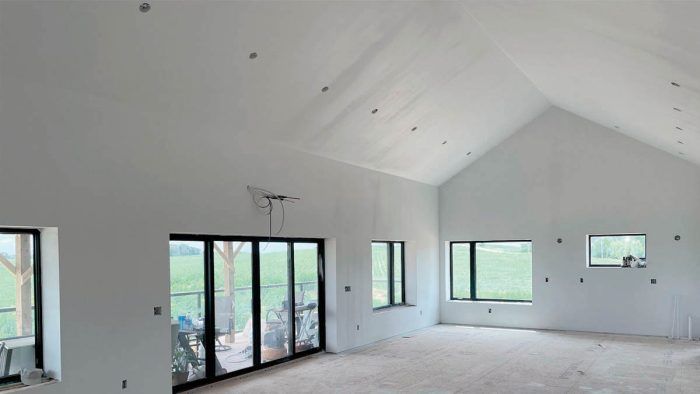
I’m designing a Pretty Good House (I have the book) in climate zone 4A, and the upper floor will have a cathedral ceiling. Everything I’ve read has stated that if you use closed-cell foam underneath the sheathing, don’t put any exterior insulation on the other side of it so that the assembly can dry in at least one direction. If everything outboard of the sheathing (Zip in my case) is vapor-permeable (GPS insulation, furring strips, and metal roofing), wouldn’t that allow the sheathing to dry out?
— Derek; Brentwood, Tennessee
Michael Maines, residential designer and coauthor of Pretty Good House, replies: Because your assembly is not a typical one, we could use a hygrothermal model to test how it will work, but I think an understanding of vapor control and building codes works as well. Despite common assumptions, closed-cell foam is not completely impervious to water vapor; it’s typically around one perm at 1 in. thick. Even at 3 in. some moisture will pass through the foam via diffusion during the heating season and accumulate in the sheathing. Additional moisture will be carried by air leaks at the perimeter and where foam has pulled away from the framing.

Both plywood and OSB sheathing are somewhat vapor-open. If they can dry readily to the exterior, it’s not a problem. However, if the exterior side of the sheathing is vapor-closed, as with many self-adhering membranes, or with exterior insulation that limits vapor movement, you could end up with rotten sheathing.
With enough exterior insulation relative to the interior R-value, the sheathing will remain warm enough during the heating season to limit condensation. In your climate zone, the exterior insulation layer should be at least 30% of the total roof R-value. Provided interior humidity is kept at normal levels, you should not have enough moisture accumulation for problems.
Make a Moisture-Managed Roof
The 2018 IRC requires R-49 in roofs and ceilings and R-15 exterior insulation for unvented roofs of this type in climate zone 4, so you need at least 3-1/4 in. of GPS (at R-4.7 per in.) and no more than R-34 or about 6 in. of closed-cell foam on the interior. Additional insulation on the inside will keep the sheathing colder during the heating season and make it wetter. Despite advertised values, all closed-cell foam degrades to about R-5.6 per in. as the blowing agent dissipates, so I use this more conservative number in dew-point calculations.
With one layer of 1-in. vertical furring strips and one layer of 1-in. horizontal furring strips, you could have a code-compliant vented roof with any thickness of exterior GPS. But at 31/4 in. thick it’s less than 1 perm, which would restrict outward drying enough to risk rotting your sheathing. At 1 in., GPS is around 2.5 perms, which is about as vapor-open as damp OSB and so reasonably safe to use, but it would add less than R-5 continuous insulation—probably not worth the extra effort on a roof.
More to Consider
Air conditioning is used in your area almost as much as heating. In the summer, when the air conditioning is running, vapor moves from exterior to interior, passing through the GPS and into the sheathing, where it will be slowed to a crawl by the closed-cell foam on the inside. To prevent moisture accumulation in the sheathing,
I would be more comfortable with a less-permeable exterior insulation such as polyiso to slow vapor drive toward the inside during the summer. Its higher R-value and lower perm rating than GPS will control water vapor better than GPS during both heating and cooling seasons. With polyiso on the exterior, I would put a fibrous insulation inside, which costs less and has lower carbon emissions than foam.
One final consideration is bulk water from condensation. On cool, clear nights, metal roofing can be below the air temperature due to night sky radiation, making it a condensing surface. Choose a good-quality, waterproof underlayment over the exterior insulation and detail it to drain water that accumulates on the underside of the roofing.
Need Help?
Need help with issues like exterior insulation for a cathedral ceiling? Get answers you can trust from the experienced pros at FHB. Email your question to [email protected].
From Fine Homebuilding #323
RELATED STORIES
- Five Cathedral Ceilings That Work
- Insulating Cathedral Ceilings
- Exterior Insulation: Strategies for Success in the Field and Staying on Budget
Fine Homebuilding Recommended Products
Fine Homebuilding receives a commission for items purchased through links on this site, including Amazon Associates and other affiliate advertising programs.

Nitrile Work Gloves

Foam Gun
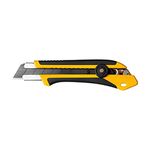
Utility Knife
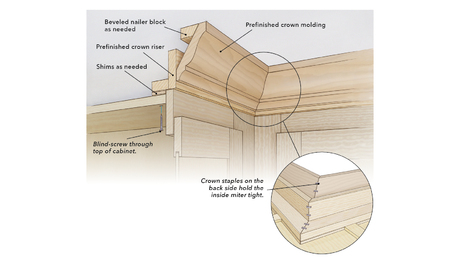



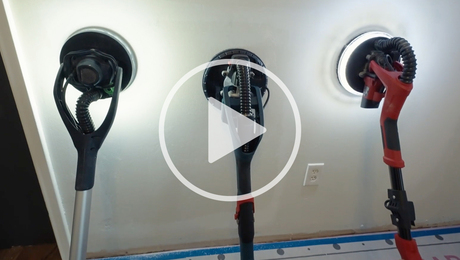

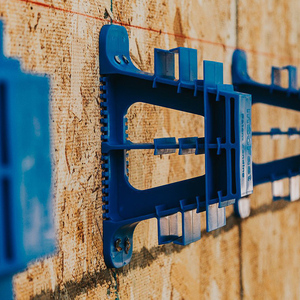
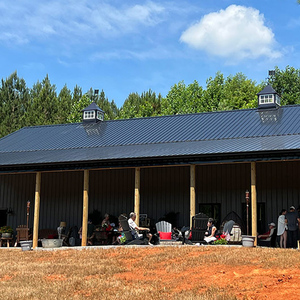
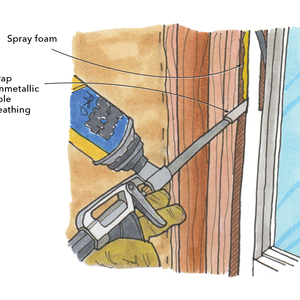
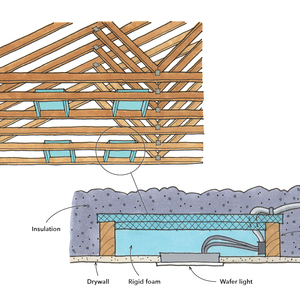





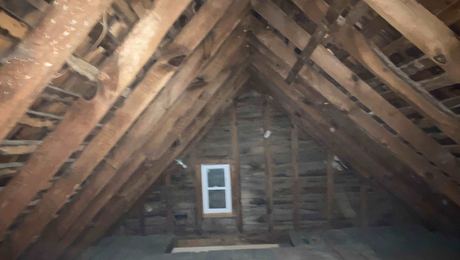
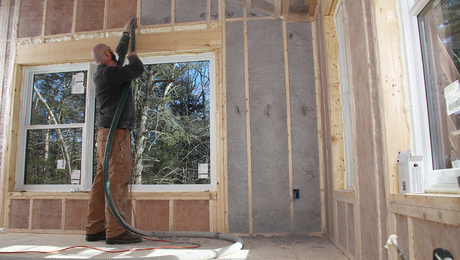












View Comments
Thanks Michael for a great article!
When you say “choose a good quality underpayment”, what should we be looking for? Does a vapor permeable underpayment allow more bulk water to pass than a non permeable one?
When detailing the underlayment to shed water, would a drainage plane help here or cause more problems by allowing more condensation to form in the first place? For ex, I’m considering using Cedar-Breather under a metal roof in conjunction with a vapor permeable underpayment, my thinking is this would allow 2 way drying. But perhaps it’s more risky than closing the space.
Thanks!
Adam
Hi Adam, sorry for the slow reply, I didn't have email notifications turned on.
Until fairly recently, there wasn't a good test for synthetic roofing underlayments; they were tested using the protocols for felt paper, ASTM D226 and ASTM D4869, which don't include being waterproof as a requirement.
There is now a relatively new standard, ASTM D8257, which includes watertightness as a requirement. So make sure your underlayment passes that test and you should be good to go.
Vapor permeance in a roofing underlayment isn't usually important because most roofing is impermeable. But in your case, with a drainage membrane that will allow a bit of air flow, I would consider a vapor-permeable underlayment. It would depend on several factors but if the roof is of relatively conventional construction and in a mixed or heating-dominated climate, I think you would be fine, except where ice and water shield is required at eaves and valleys. If you're in a cooling-dominated climate, I would look for a low- to zero-permeance underlayment.